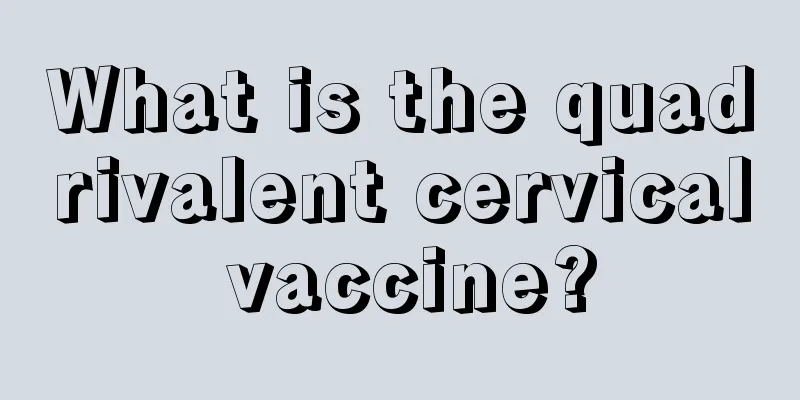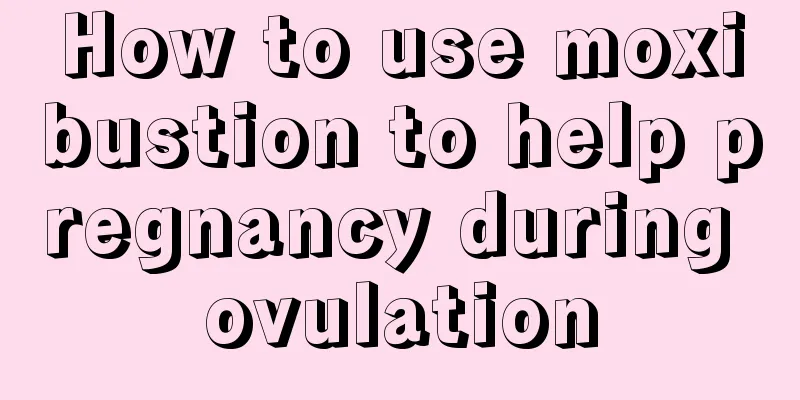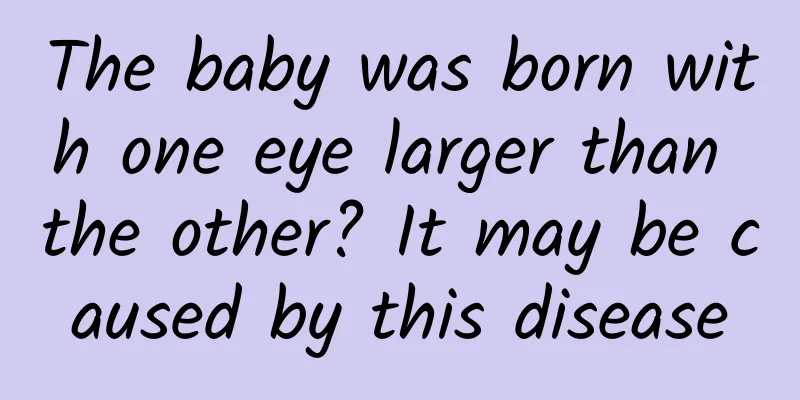What is the quadrivalent cervical vaccine?

|
Cervical cancer is a serious disease for many women. Currently, certain preventive measures have been taken clinically to address the problem of cervical cancer. Cervical cancer vaccines can be directly injected, which can prevent cervical cancer to a certain extent. Of course, cervical cancer vaccines also have clear types of classification, and the cervical cancer vaccine that needs to be injected is different depending on individual circumstances. So what is the quadrivalent cervical vaccine? 1. The quadrivalent cervical cancer vaccine is one of the cervical cancer vaccines. The so-called valence refers to the number of types of human papillomavirus covered by the vaccine. The quadrivalent vaccine covers four subtypes of four human papillomaviruses, of which the quadrivalent vaccine covers high-risk types 16 and 18 and low-risk types 6 and 11. Therefore, if the cervical cancer vaccine is injected, it can prevent infection with these four types of HPV viruses and achieve the purpose of preventing cervical cancer to the greatest extent. There are currently two types of cervical cancer vaccines that have entered my country: bivalent and quadrivalent. 2. The quadrivalent cervical cancer vaccine requires a total of three injections. The first injection can be given at a time that is convenient for you based on your situation, but it is best to avoid the menstrual period. The second dose of vaccine must be given within 3 months of the first dose. The third dose of vaccine should be given within 8 months after the second dose, and all three doses of vaccine should be completed within 1 year. In addition, patients who are allergic to protein or yeast cannot receive the cervical cancer vaccine. The cervical cancer vaccine can prevent infections from HPV6, HPV11, HPV18, and HPV16, so it is recommended that you get the cervical cancer vaccine if you are of appropriate age. 3. The side effects of the quadrivalent cervical cancer vaccine mainly include: some people may experience redness, swelling, nodules and pain at the injection site, and a small number of people may experience systemic symptoms such as fever, nausea, vomiting, fatigue, rash, etc. However, these symptoms are generally mild and will naturally subside within 1-3 days by resting and drinking plenty of water. The quadrivalent vaccine for cervical cancer is usually injected to prevent infection with four subtypes of HPV viruses: type 16, type 18, type 6, and type 11. It can effectively prevent most HPV virus infections and achieve the purpose of preventing cervical cancer. |
>>: How effective is laser treatment for stretch marks?
Recommend
What are the delicious local products from Yunnan that you can bring back? Where is the Yunnan Women's Kingdom?
Yunnan not only has beautiful scenery, but also ha...
What are the signs of childbirth?
Being able to give birth to a healthy baby is a v...
Do you need to expose the homemade salted duck eggs to the sun after wrapping them? When is the best time to expose the salted duck eggs to the sun?
We all know that salted duck eggs are a popular w...
Is rice wine harmful to babies?
Mother's love is extraordinary. For the sake ...
Are you "insomniac" tonight? Learn these tips to help you sleep well all night!
Hello everyone! Are you the kind of night owl who...
Where should cupping be applied for dysmenorrhea?
Menstruation is a normal physiological phenomenon...
When should I start using essence? How should I use essence correctly?
Women in their 25s often have dull complexions an...
Female genitalia
The reproductive organs are the part of the sex o...
IDC: AR/VR headset shipments to grow 12.8% in the third quarter of 2024
According to the latest data from IDC, after two ...
Causes of flat follicles
Flat follicles are a relatively abnormal conditio...
What to do if you have difficulty breathing during late pregnancy
Difficulty breathing in the late pregnancy is a v...
Is the white spot on the episiotomy wound a sign of suppuration?
In order for new mothers to give birth smoothly, ...
A man suddenly suffocated to death! Just because he ate "Lvdagun"? Urgent reminder!
Recently, a piece of news is very shocking: A man...
What fruits can you eat during menstruation
Although there are many precautions during menstr...
What medicine to use for breast hyperplasia
Nowadays, the chance of cancer is increasing, and...









